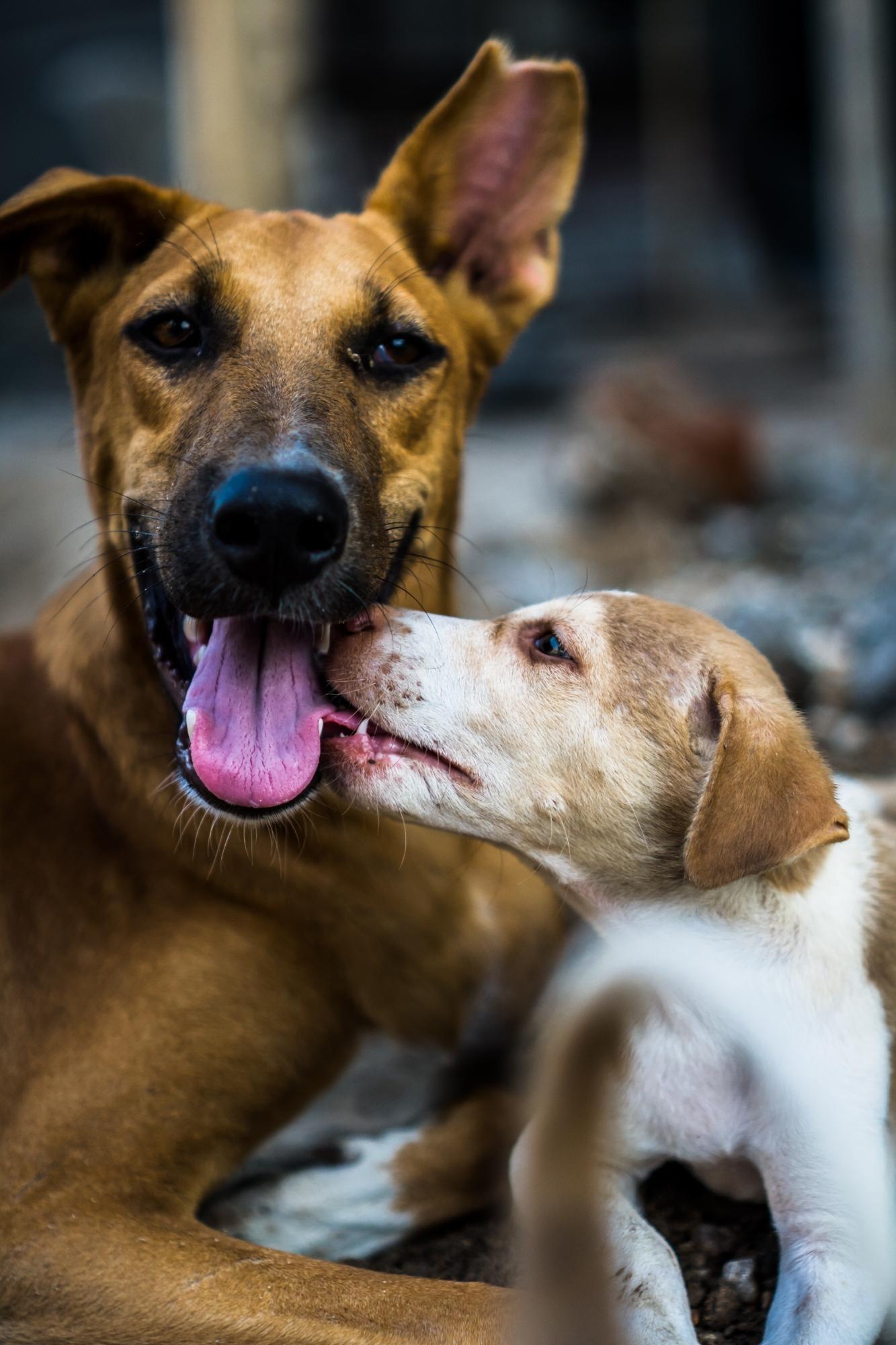INDIAN PARIAH DOG
| Group: | Hound |
|---|---|
| Size: | Medium |
| Temperament: | Friendly ,Adaptable and Vigilant |
| Height: | 17-24 inches (male), 15-20 inches (female) |
| Weight: | 15-25 Kg (male), 12-22 Kg (female) |
| Life Expectancy: | 13-15 years |
| Origin: | India |
| Coat Length: | Short |
| Coat Type: | Double |
| Color: | Brown Reddish Brown Brown & White Fawn Pied |
About
The Indian pariah dog is a landrace of dog that is indigenous to the Indian subcontinent. It is also referred to as the Indian native dog, INDog, South Asian pye dog, and Desi Dog. They have a wedge-shaped head, erect ears, and a curving tail.. This dog is an illustration of the pye-dogs, an extinct breed of canine. This dog may have 4,500 years of history in its ancestry. Their bodies are slender and strong, with a subtle abdominal tuck.
Nutrition
For generations, Indian Pariah dogs have survived on their own, thus any food as long as it is wholesome will suffice. Your indian pariah dog may also enjoy fruits and vegetables, cottage cheese, and cooked eggs, but they should not account for more than a quarter of his daily diet. Reduce your intake of "people food," which can cause vitamin and mineral imbalances, bone and tooth issues, and can lead to picky eating habits and obesity. Provide only fresh, clean water, and wash water and food dishes often. Only provide clean, fresh water, and make sure to wash the food and water bowls frequently.
Ideal Meal Breakdown
Protein
40
Fat
23
Carbohydrates
29
Others
8
Exercise
Indian pariah Dogs are lively animals who like physical activity. They would ordinarily live in a dynamic and varied environment in India, therefore it is critical to duplicate that as much as possible. Long walks are something they will like, therefore it would be best to provide them access to the outdoors in a securely gated yard.
Grooming
The grooming requirements for Indian Pariahs are minimal to nonexistent. These canines with short hair shed very little and don't require regular brushing or grooming. In general, bathing them once a month should be sufficient because they do not drool or have a strong body odour.
Training
Indian Pariah Dogs are a smart breed that respond well to training. They are eager to collaborate with their owners to complete chores. Training should begin as soon as possible and be suited to the dog's personality. The majority of Indian pariah dogs will get bored with repetitious training routines, thus it's critical to mix things up. They will do your bidding as long as you offer them love and support. Socialization is also essential for Indian pariah dogs. As adults, they may respond aggressively to strange canines or humans due to their territorial nature. Exposure to as many diverse canines and people as possible as puppies will help them behave appropriately when presented with new situations as adults.
Health
With an average lifespan of 15 years, Indian Pariahs are a generally healthy breed. They are not as prone to genetic disorders as some European breeds because they were not selectively bred for appearance but rather used natural selection to define their characteristics. If they avoid traffic accidents and infectious diseases, tumours or cardiac disease are more likely to be the cause of death. They are not predisposed to specific tumour types, though.
History
Originally, any stray or wild dog was referred to as a "pariah dog." The Tamil word paraiyar, which was used to describe the lowest caste of people in the Indian caste system, is where the word "pariah" originates. Although it was once used to describe pariah-type dogs, the term is now used to describe a social outcast in English. Indian Pariah Dog thus specifically refers to the canines that coexisted with humans in the Indian subcontinent, occasionally scavenging on the periphery of society. Due to the wide variety of languages in India, the Indian Pariah Dog has many different local names. They go by the names Pye-Dog (derived from the Hindi word pahi, which means "outsider") in some places and Desi (native) dogs in other places. Without interference or selective breeding from the people who lived next to them, they developed on the Indian subcontinent alongside humans.
